Rare Collection of Early-Color Photos That Can Never See the Light of Day

Autochromes were the first widely available form of color photography but they are so light-sensitive that putting them on display could ruin them forever.
Patented in 1903 by brothers Auguste and Louis Lumiére, autochromes sparked worldwide excitement when it was shown to the public. One demonstration at the Royal Photographic Society in London was so oversubscribed they “were almost unable to cope.”
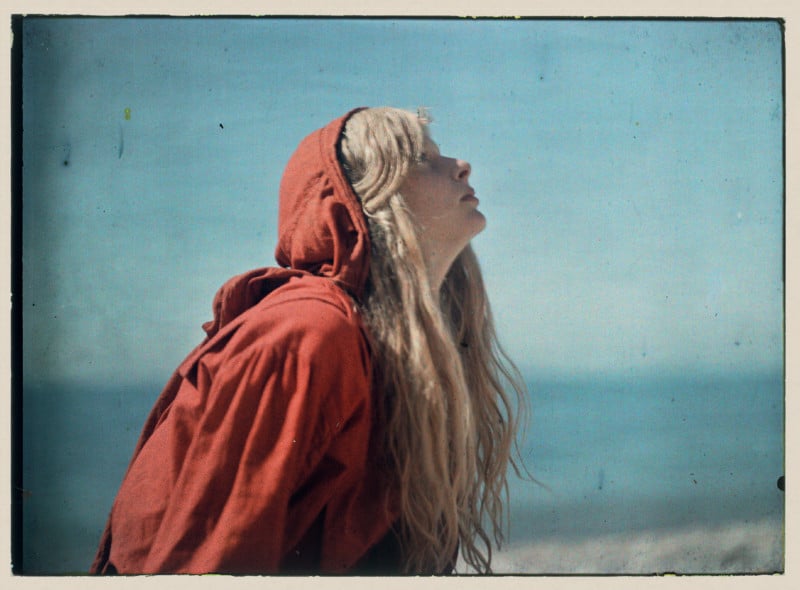
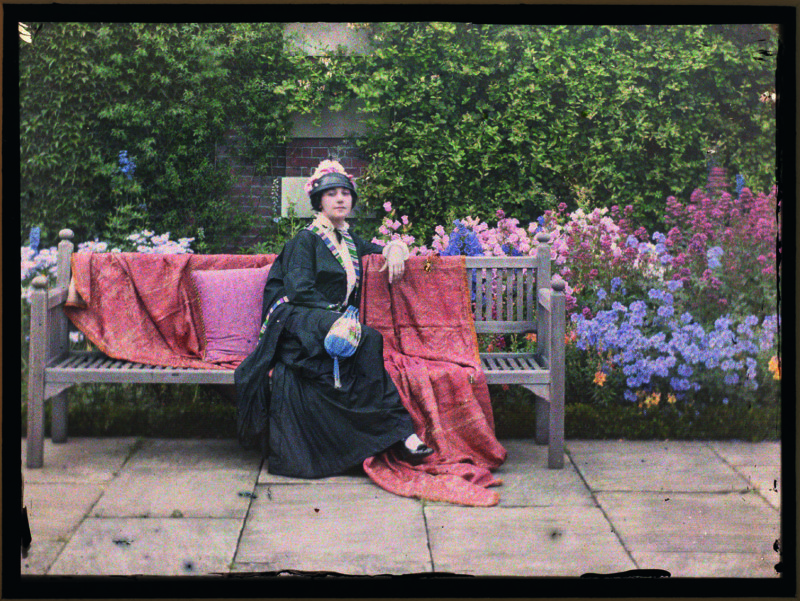
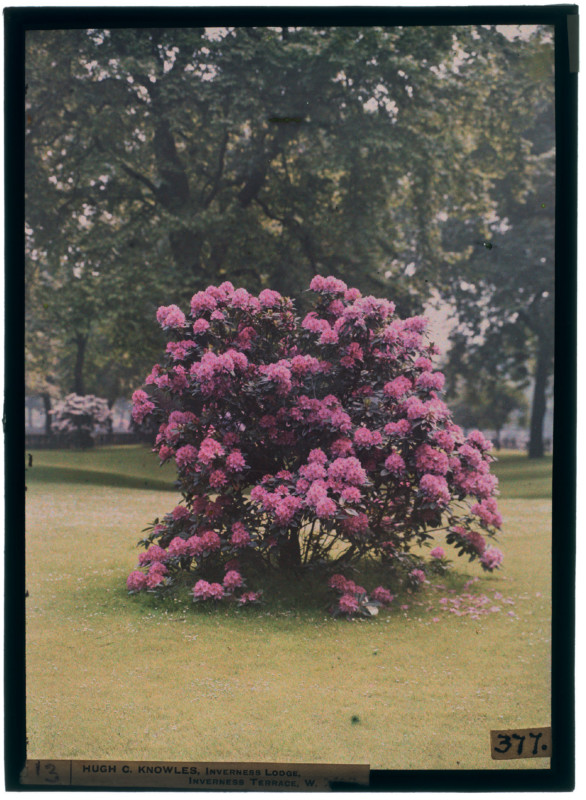
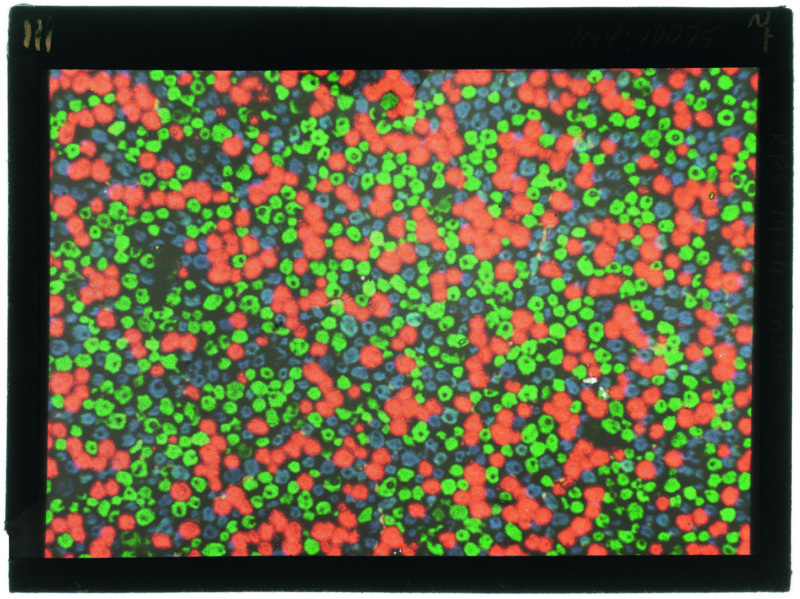
The technique involves dusting a glass plate with dyed, microscopic potato starch particles, which act as color filters. The plate is then loaded into the camera with the bare glass side facing the lens so that light passes through the filter layer before reaching the emulsion.
While the process worked, actually viewing the photos was incredibly difficult as they tend to fade away when exposed to light. But a new book has carefully digitized them allowing them to be viewed by all.
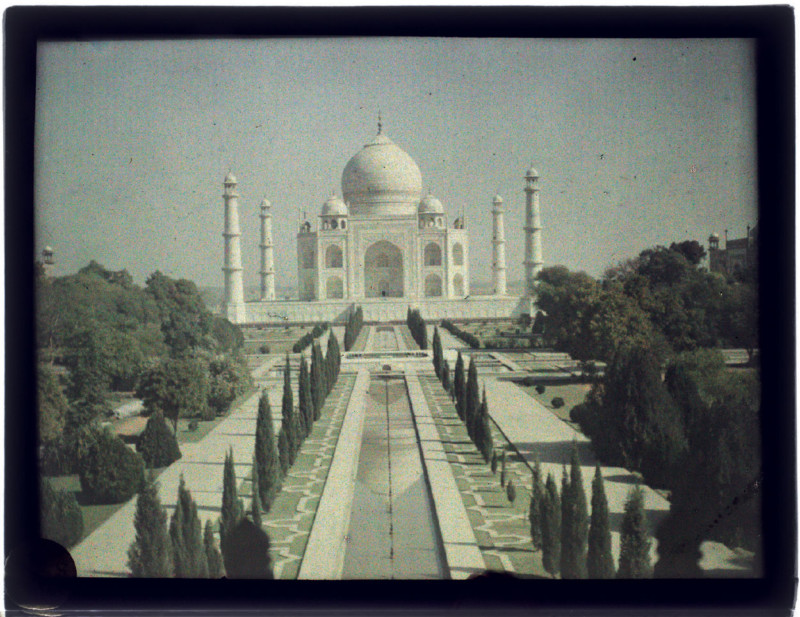
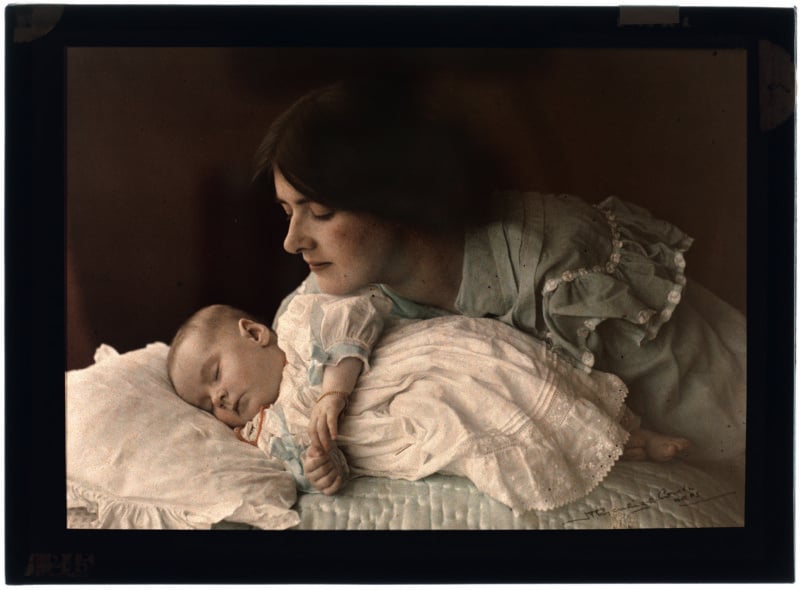
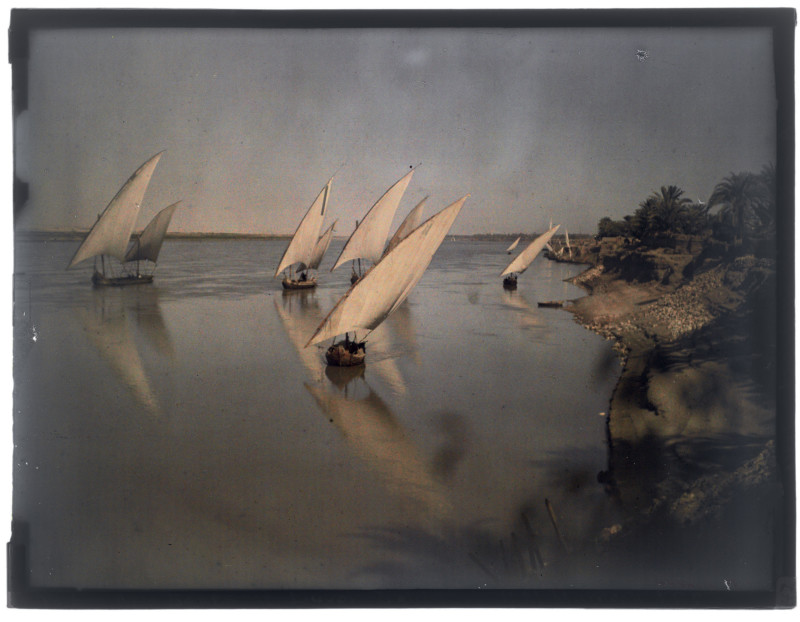
Colour Mania has been created from the London Victoria and Albert Museum’s (V&A) collection of more than 2,500 autochromes and the book is the only way to see the V&A’s significant collection.
“Photographed with great care for this book, the V&A’s abundant collection of autochromes is brought to the public for the very first time,” says the U.K.-based museum.
“Organized thematically and with in-depth sections focusing on the photographers who engaged with the process, Colour Mania is built upon the latest scholarship and research by Catlin Langford and includes insights into how these extraordinary photographs are being preserved for future generations.”
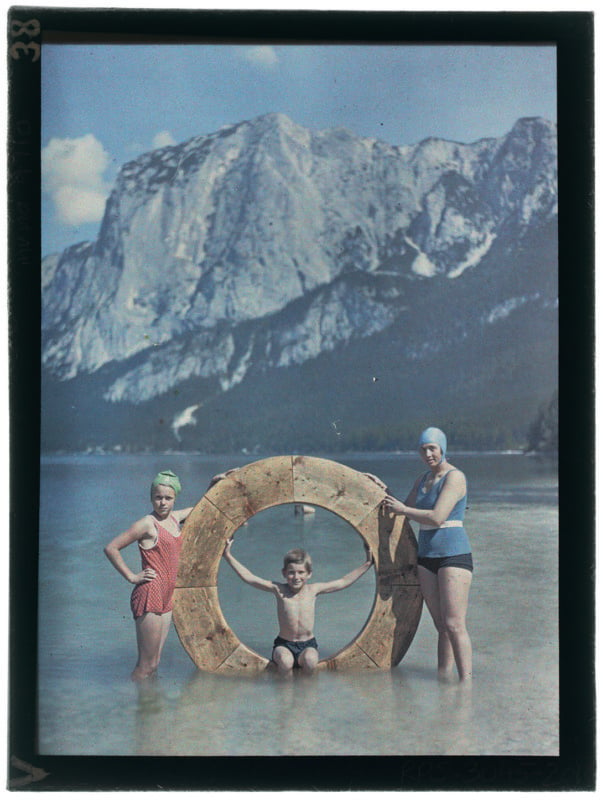
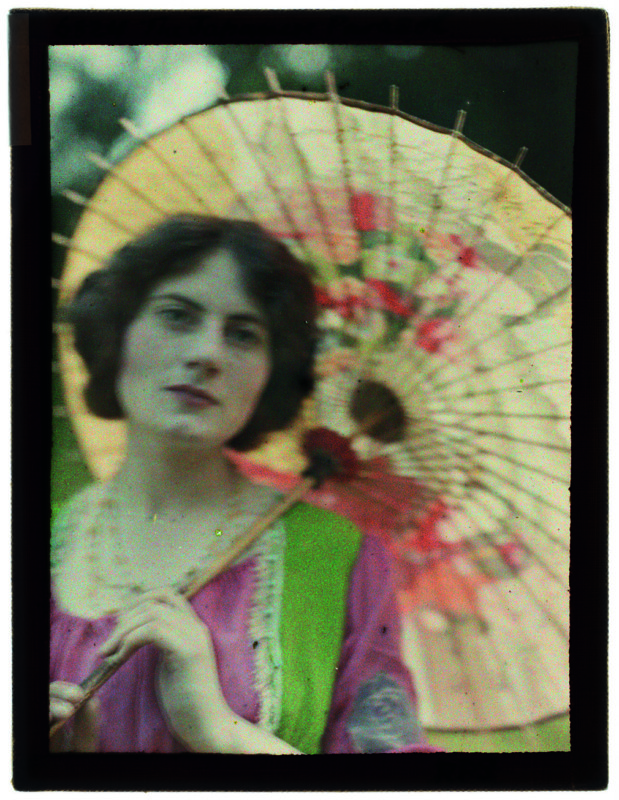
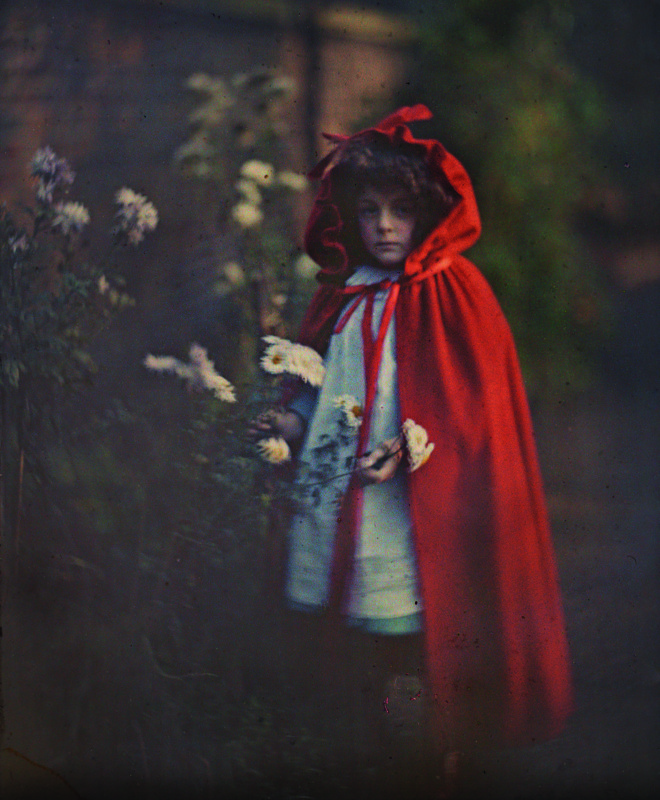
Colour Mania is published by Thames & Hudson in association with the V&A and is available for $53 (£45).